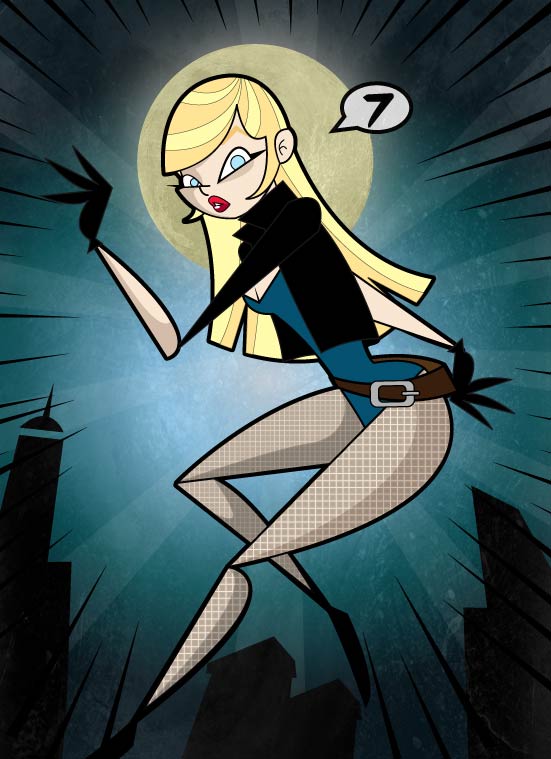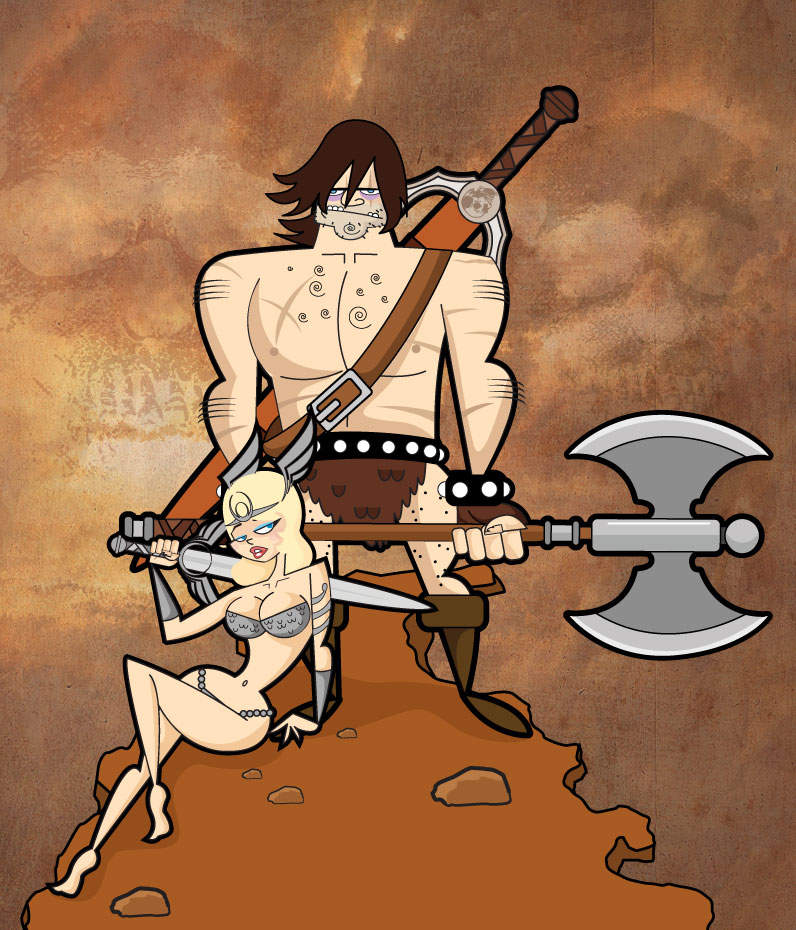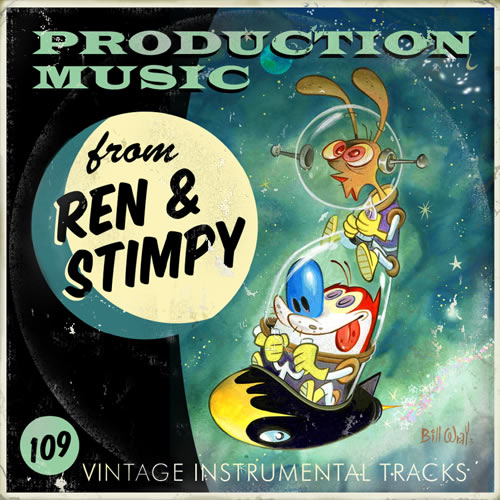What Does the Google/Verizon Deal Mean for Animators?
There’s been a lot of hoopla on the internet over the last couple of days in regards to the announcement that Google & Verizon have joined together with the aim of constructing a framework that would help legislators create a new set of regulations governing the internet and the content served on it.
Basically up until now, all traffic has been treated as equal no matter what. That means that a text file is given the same priority as a video stream. In years gone past, this was not a problem, mainly because there was more text files than video. However, with the advent of YouTube, Hulue and netflix et al, there is concern that things will not be quite as equal as they were.
The reason? Well, there is a perception out there that the pipe owners (Verizon, Comcast, etc.) will begin accepting payments by content providers (YouTube, Hollywood studios, your local TV station) in return for allowing their content to flow faster through the pipes. The idea being that if you want higher quality entertainment, you will have to pay for it (because the content providers will only pass the costs onto you).
When you think about it, that is not much different to now. If I want to see Mad Men or whatever the latest hit is, I have to pay for cable. The problem with the idea is that it favours certain players over others. Witness Comcast’s purchase of half of NBC-Universal. Can you take a guess who would get top priority on the Comcast network if bandwidth space became an issue?
That’s not particularly fair. It may hurt the larger players, but it will absolutely crucify individuals. Imagine if you’re an animator/filmmaker, and on your website you have a page with your demo reel on it. How well do you think the video will play unless you cough up a fee to the ISP to ensure that you’re viewers see it at full quality? Are you gonna pay a fee like that? I doubt it. I wouldn’t, and the truth is, I probably wouldn’t sit around to wait for your video to load if you didn’t either. Who loses out? Everyone.
The internet is proof positive that when there is minimal regulation in an area, business thrive. YouTube would not have even got off the drawing board if the founders had to pay a surcharge on the delivery of their videos. Time and time again, we have seen that consumers have realized that the only commodity that the internet costs them is time. Money doesn’t even factor into it ever since AOL went to a flat monthly fee.
Besides, they way things work now is pretty OK. If I want my videos to load faster, I’ll cough up an extra $10 a month to Verizon to bump up the speed cap on my DSL line.
The biggest problem is perhaps the assertion that the “mobile internet” is separate from the fixed one. This is complete nonsense. Granted, there is only a limited amount of the wavelength spectrum available, but that does not mean that mobile users should have to settle for a different standard. Heck, if you wait much longer, Wi-Fi should be near ubiquitous in cities across the country. Why should I pay a data plan to the mobile carrier when I can find an free hotspot?
Again, this only hurts the small folks, i.e. you and me. If it will become hard enough to watch video on the regular internet, how hard do you think it’ll become on the mobile one, which by the way, is just the regular one on a smaller screen?
Animators and studios (big and small alike) need an open internet now more then ever. Why should either the ISPs or Google dictate how they can and cannot run their businesses? Charge them for the connection, charge them for the extra, scarce services that they decide they need, but don’t run rampant over the top of them in the scramble for profits. In the end, everyone gets hurt.
[sigh] You’d expect that a free-market economy like this would operate a little differently wouldn’t you?
What Does the Google/Verizon Deal Mean for Animators? Read More »




 Yes, we have indeed arrived at the launch of yet another of John Canemaker’s excellent tomes. This one centres on two extremes of the Disney animation universe, Joe Grant and Joe Ranft. Two fellows who are surprisingly similar despite their differences (mainly their age).
Yes, we have indeed arrived at the launch of yet another of John Canemaker’s excellent tomes. This one centres on two extremes of the Disney animation universe, Joe Grant and Joe Ranft. Two fellows who are surprisingly similar despite their differences (mainly their age).








